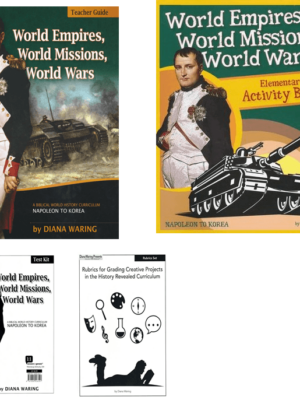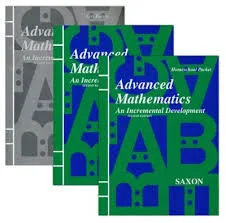Reading Instruction that Makes Sense’ is a guide to developing balanced reading programs based on practical experience and research. Section 1 provides the foundation for developing and implementing reading programs based on the learning process, reading models, children’s developmental patterns and individual differences. Section 2 is devoted to “putting it all together” within the classroom and school setting. Specific teaching suggestions are given for whole class, group and individual activities. Teaching and assessing each of the components of reading (e.g. phonics, context clues, comprehension, responding) is discussed. Section 3 outlines 25 strategies described in the literature for teaching reading. Included in the appendices are sight words and decoding skills, outlines of beginning reading lessons, reading response masters, and guidelines for using classroom literature for assessing and evaluating reading. The black line masters accompany this book provide a variety of ways students can respond to reading. They are excellent resources for teaching reading comprehension as well as writing skills. Table of contents: * Introduction (reading theories and models, some thoughts about teaching reading and reading programs) * Section 1: Reading Instruction in the Broader Context (reading and its role in education, language and its role in language acquisition, the learning process, the reading process – components and teaching, developmental patterns and life experiences, exposure to print and written language, individual variations) * Section 2: Teaching Reading in the Classroom – Putting It All Together (creating an environment for all learners, foundations for reading, learning to read, independent reading, providing differentiated focuses for learners within the classroom, strategies for word recognition, strategies for understanding and responding to literature, assessment and evaluation of reading, the assessment process and analysing the data, evaluation) * Section 3: Teaching/Learning Strategies Described in the Literature (strategies for planning and teaching, establishing the purpose of reading, focusing on print, phonics and beginning reading, active processing and understanding, questioning and inferencing, responding during and after reading, developing reading fluency and flexible groupings) * References * Appendices (115 most commonly used words, the next 365 most commonly used words, phonics patterns, syllabication patterns, structural analysis, functions of oral language, teaching beginning reading – 20 lesson outlines, easy reading storybooks and “chapter” books, reading responses – black line masters, assessment and evaluation – using classroom literature, informal reading miscue analysis) * Glossary.
$15.00 Original price was: $15.00.$6.00Current price is: $6.00.
1 in stock




